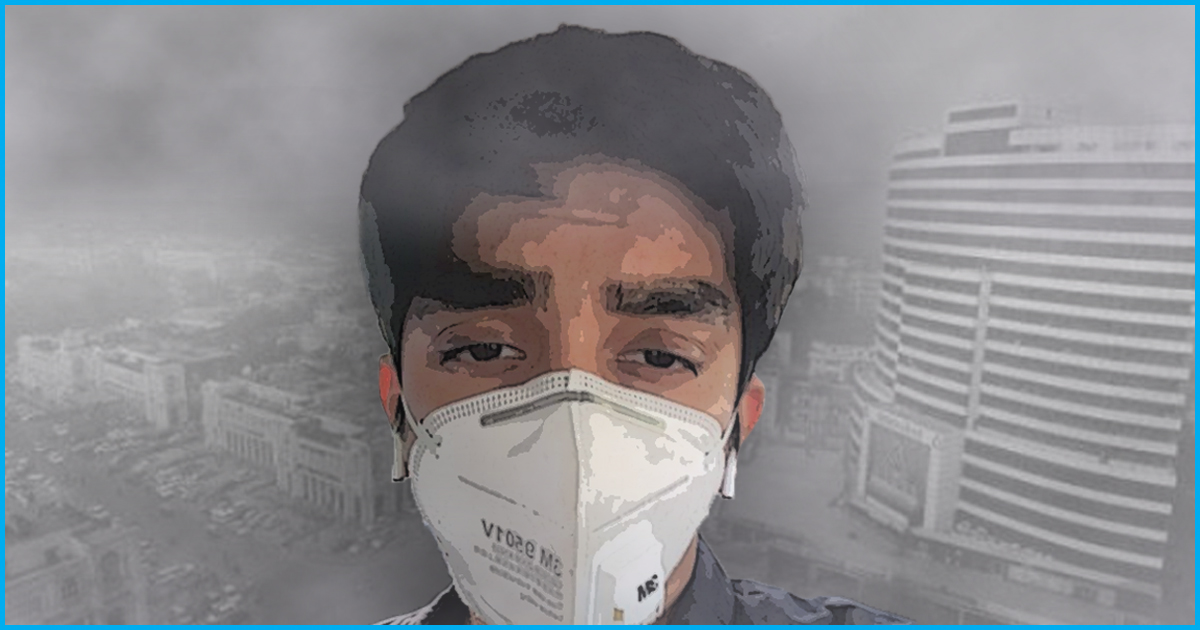
14 Out Of 15 World's Most Polluted Cities From India; Kanpur Tops The List: WHO Report
2 May 2018 6:52 AM GMT
The World Health Organisation (WHO) has released a global pollution database which reveals that 14 out of the 15 most polluted cities in the world in terms of PM 2.5 (particulate matters) concentrations are from India, with Kanpur being the worst on the list. The report also claimed that 9 out of 10 people breathe air filled with pollutants.
PM 2.5 includes pollutants like sulfate, nitrate and black carbon, which pose the greatest risk to human health.
The cities that registered very high levels of PM 2.5 pollutants were Kanpur, Faridabad, Gaya, Patna, Agra, Muzaffarpur, Srinagar, Gurgaon, Jaipur, Patiala and Jodhpur. Under PM 10, 13 Indian cities feature in the list of 20 most polluted cities in the world.
Impact on human health
WHO has called upon member-countries in its Southeast Asia Region to aggressively address the double burden of household and ambient (outdoor) air pollution. Four million of the seven million premature deaths occur due to household and ambient pollution globally.
India accounts for 40% of the deaths that occur due to household pollution globally and 30% of the deaths that occur due to ambient
WHO’s global urban air pollution database measured the levels of fine particulate matter (PM 10 and PM 2.5) from more than 4,300 cities in 108 countries. An additional 1,000 cities have been newly added to the list since 2016, which shows that more cities are willing to make changes to reduce air pollution.
“WHO estimates that around 7 million people die every year from exposure to fine particles in the polluted air that penetrate deep into the lungs and cardiovascular system, causing diseases including stroke, heart disease, lung cancer, chronic obstructive pulmonary diseases and respiratory infections, including pneumonia,” the report said.
According to the report, more than 90% of air pollution-related deaths occur in low and middle-income countries (including India), mainly in Asia and Africa, followed by low and middle-income countries of the Eastern Mediterranean region, Europe and the Americas.
“Around 3 billion people – more than 40% of the world’s population – still do not have access to clean cooking fuels and technologies in their homes, the main source of household air pollution,” it said.
Steps taken to reduce pollution
The WHO, in its report, mentioned central government’s Pradhan Mantri Ujjwala YojanaIndia targets to reach 80 million households by 2020. The scheme, it said, in just two years has provided 37 million women living below the poverty line with free LPG connections to support them to switch to clean household energy use. India targets to reach 80 million households by 2020. All countries in the Southeast Asia region are making efforts to expand the availability of clean fuels and technologies, however, over 60% population do not have clean fuel. Most of the non-communicable diseases like cardiovascular and pulmonary illnesses are the main contributing cause of death due to air pollution in India.
“Cleaning up the air we breathe will help prevent NCDs, particularly among women and vulnerable groups such as children, those already ill and the elderly,” Poonam Khetrapal Singh, regional director, WHO Southeast Asia, said.
“Many of the world’s megacities exceed WHO’s guideline levels for air quality by more than 5 times, representing a major risk to people’s health,” Maria Neira, director of the Department of Public Health, Social and Environmental Determinants of Health at WHO, said, adding, there is an acceleration of political interest to deal with this global public health challenge.
“Air pollution threatens us all, but the poorest and most marginalised people bear the brunt of the burden.It is unacceptable that over 3 billion people – most of them women and children – are still breathing deadly smoke every day from using polluting stoves and fuels in their homes,” said Tedros Adhanom Ghebreyesus, director-general of WHO.
 All section
All section













